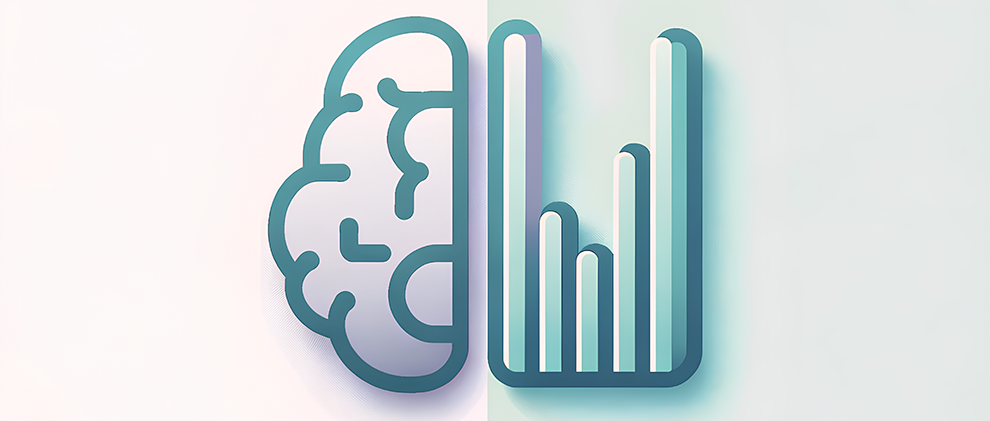Last week, we had the chance to attend the Four Eyes Lab (Imaging, Interaction, and Innovative Interfaces) in the Computer Science department at UCSB. These computer scientists and engineers went through a few demonstrations of human and technological interactions. I found the use of technology for human information consumption engaging and intriguing.
I will speak specifically about the trip to the Allosphere and the demonstration of remote viewing for instruction or emergency feedback. First, the Allosphere (even with its kinks) was by far a fantastic demonstration. The use of 10 projectors to display images from multiple computers in order to create a sphere was fantastic. The programming of 3D images made it immersive. The applications (although immobile) are vast. It allows an audience to enter virtual worlds. With simple controls, a group of neurology students can enter a brain and discuss what each structure and do. It could act like a 3D planetarium for astronomy students, looking at the solar system. Forget 2D representations, or even the fantastical pipe dream of a Magic School Bus, this sphere has strong implications for education and communication. Obviously, the roadblock to this system is cost, space, and engineering (building). I would have loved to stay there longer and learn more. I can only imagine the system will become more streamlined and accessible as technology and engineering get better.
The other demonstration I found especially intriguing was the remote-viewing interface. While the system is in its early stages, it shows lots of promise. It is especially useful for helping during a remote emergency, from expert to novice. I thought the prototype example of a plane situation with a novice pilot is especially apt. However, this device and interface has more than just emergencies written over it. This could be used for remote-teaching, providing an augmented reality for museums or other education institutions. It might also facilitate distance education in a more interactive way, enhancing the basic static nature of the current system. It could also be used on a day-to-day industry-level, where office-bound techs can assist engineers in the field remotely, say in repairing a blacked-out power grid.
I really enjoyed hearing the other demonstrations and presentations from the Four Eyes Lab. It was something I didn’t realize was happening at UCSB, being insulated in my own little psychological world. I’d love to see some of these inventions and innovations make their way to mainstream consumerism or at educational institutions.
